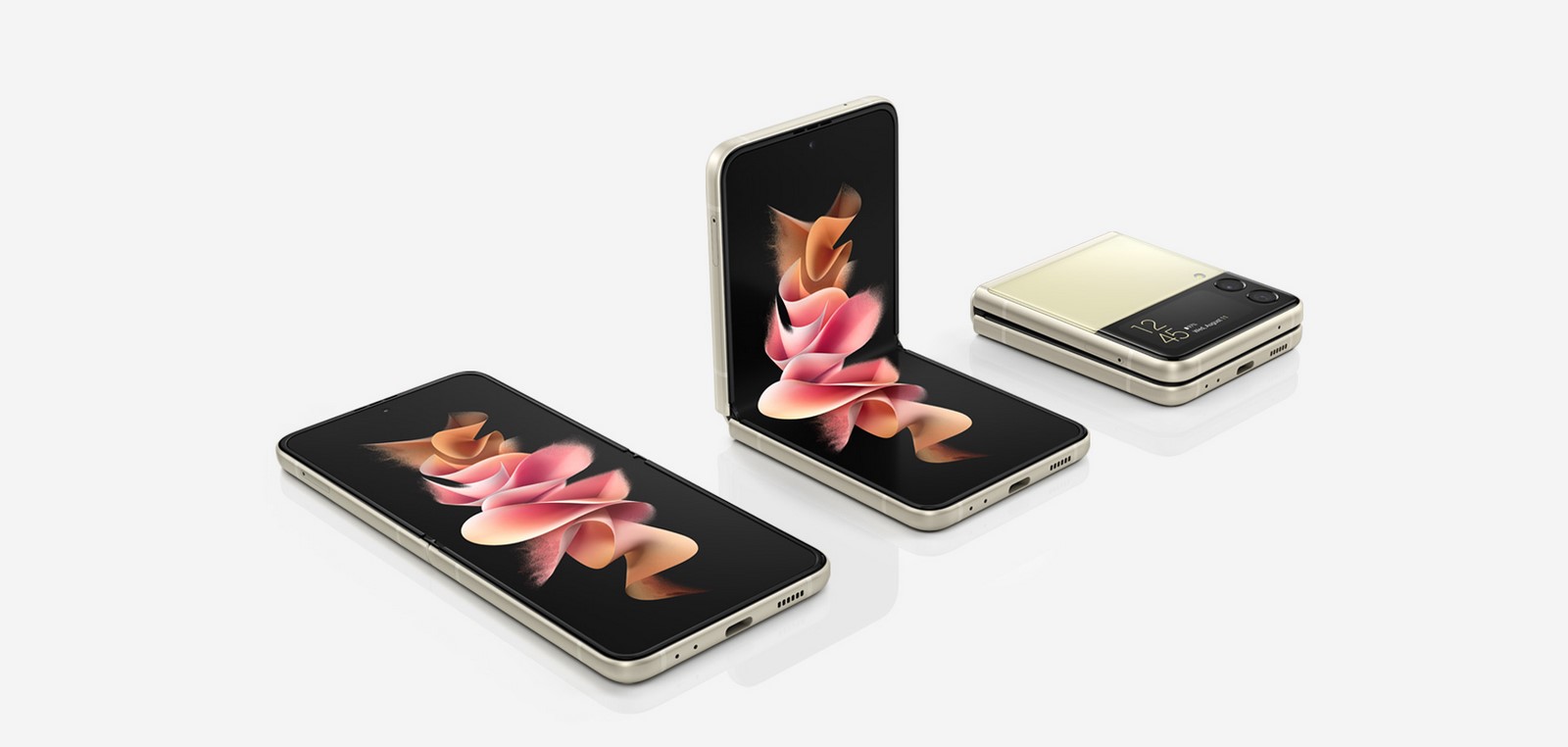In the rapidly evolving landscape of technology, the question of what will replace smartphones in the future is a compelling one. As innovation continues to push boundaries, several electronic gadgets are poised to reshape the way we connect, communicate, and experience the digital world. Let’s explore the potential candidates that might take over the reins from our ubiquitous smartphones.
1. Wearable Augmented Reality (AR) Devices
One promising contender is the rise of wearable AR devices. Imagine a future where your glasses seamlessly overlay digital information onto the physical world. These devices could serve as communication hubs, offering hands-free interaction with the digital realm. From navigation cues to real-time language translation, AR wearables have the potential to redefine how we access and process information.
2. Foldable and Flexible Displays
The era of foldable and flexible displays is already upon us, and it’s likely to play a significant role in the post-smartphone era. Devices with foldable screens can offer the convenience of a smartphone while providing a larger display for immersive experiences. Whether it’s a foldable tablet or a compact device that expands into a full-sized screen, these gadgets may become the new norm for on-the-go computing.

3. Smart Glasses with Enhanced Features
Building on the concept of smart glasses, future iterations could incorporate advanced features like holographic displays, gesture controls, and enhanced augmented reality capabilities. These glasses may evolve into comprehensive communication devices, blending seamlessly into our daily lives for both personal and professional interactions.
4. Brain-Computer Interface Devices
Taking a leap into the realm of science fiction, brain-computer interface (BCI) devices are gaining traction in research and development. These gadgets have the potential to interpret neural signals, allowing users to interact with digital interfaces using their thoughts. While still in the early stages, BCIs could redefine the way we communicate, eliminating the need for traditional input devices like keyboards and touchscreens.
5. Voice-Activated AI Assistants
Voice-activated AI assistants are already integrated into smartphones, but their evolution may lead to standalone devices dedicated solely to voice interactions. These gadgets could become our personal digital concierges, handling tasks, providing information, and facilitating communication through natural language processing and artificial intelligence.
6. Smart Devices in Everyday Objects
The Internet of Things (IoT) is expanding, and everyday objects are becoming increasingly “smart.” From smart mirrors that display information to smart clothing with embedded technology, the future may see a network of interconnected devices seamlessly woven into our surroundings. These smart objects could collectively offer communication capabilities without the need for a traditional smartphone.
7. Digital Implants and Bio-Integrated Devices
In a more futuristic scenario, digital implants or bio-integrated devices could replace traditional smartphones. These devices could be embedded within the body, providing direct access to digital interfaces. While ethical and privacy concerns must be addressed, this concept represents a radical shift in how we think about personal technology.
Conclusion: A Diverse Technological Landscape Ahead
The future beyond smartphones holds a diverse array of possibilities, from wearable AR devices to brain-computer interfaces. While smartphones have been the cornerstone of our digital lives, the next generation of electronic gadgets is poised to redefine connectivity, offering new ways to interact with the digital world. As technology continues to advance, the key lies in embracing innovation and staying attuned to the exciting developments that will shape the way we communicate in the years to come.
FAQ’s
Q1: What are the potential alternatives to smartphones in the future?
The future of connectivity introduces a variety of alternatives to smartphones. Prominent contenders include wearable augmented reality (AR) devices, foldable and flexible displays, smart glasses with enhanced features, brain-computer interface devices, voice-activated AI assistants, smart devices integrated into everyday objects, and even digital implants or bio-integrated devices.
Q2: How do wearable AR devices differ from current smart glasses?
Wearable AR devices aim to seamlessly overlay digital information onto the physical world, offering hands-free interaction. Unlike current smart glasses, these devices may serve as communication hubs, providing enhanced features like real-time language translation and immersive digital experiences.
Q3: What role do foldable and flexible displays play in the post-smartphone era?
Foldable and flexible displays represent a transformative shift in device design. These displays enable gadgets that can maintain the compact form of a smartphone while offering a larger screen when unfolded. The result is a versatile device that adapts to different usage scenarios.